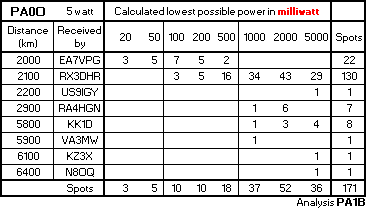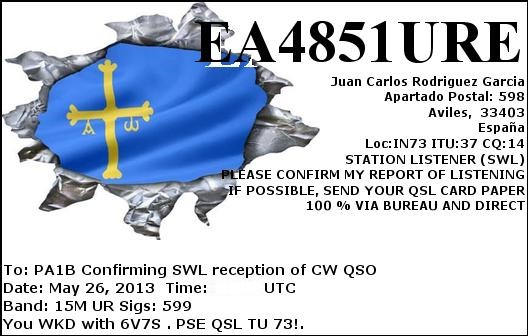Cylinder dipole PA1B
In the photo you see the cylinder dipole with
open Monster cans. The cans are connected to the coil. I made radial cuts in the top and the bottom of the cans and I bent the points inwards. Later I pushed the white tube, which has a diameter of 40 mm, through the holes. The coil is hanging below the cans and the tube.
This coil has 9 turns on a PVC tube with a diameter of 80 mm. The distance between the cans is equal to the diameter of the cans and is 65 mm. The distance between the cans is not fixed, but can be made smaller by shifting the cans.
Measurement
On both sides of the coil I have attached a single turn, coupling loop. The loops are lightly coupled to the coil. One loop is connected with the RF generator. The other is connected to the oscilloscope.
It's very simple to measure the resonance frequency of the cylinder dipole. By adjusting the frequency, I just
peak the signal on the oscilloscope to determine the
resonance frequency.
Open cans
In this cylinder dipole I use open cans, because they show less capacity between the closed tops of the cans. This capacity does not contribute to the current on the surface of the cylinders.
The cylinder dipole with the open Monster cans and the 80 mm coil with 9 turn, resonates at 18.9 MHz. This is a higher frequency of the closed monster cans, which resonates at 16 MHz. The capacity of the open can is lower than the capacity of the closed cans and also because the cylinders are further apart.
I use the Cylinder Dipole on 21 MHz and 14 MHz as an indoor antenna in
CW contests.











